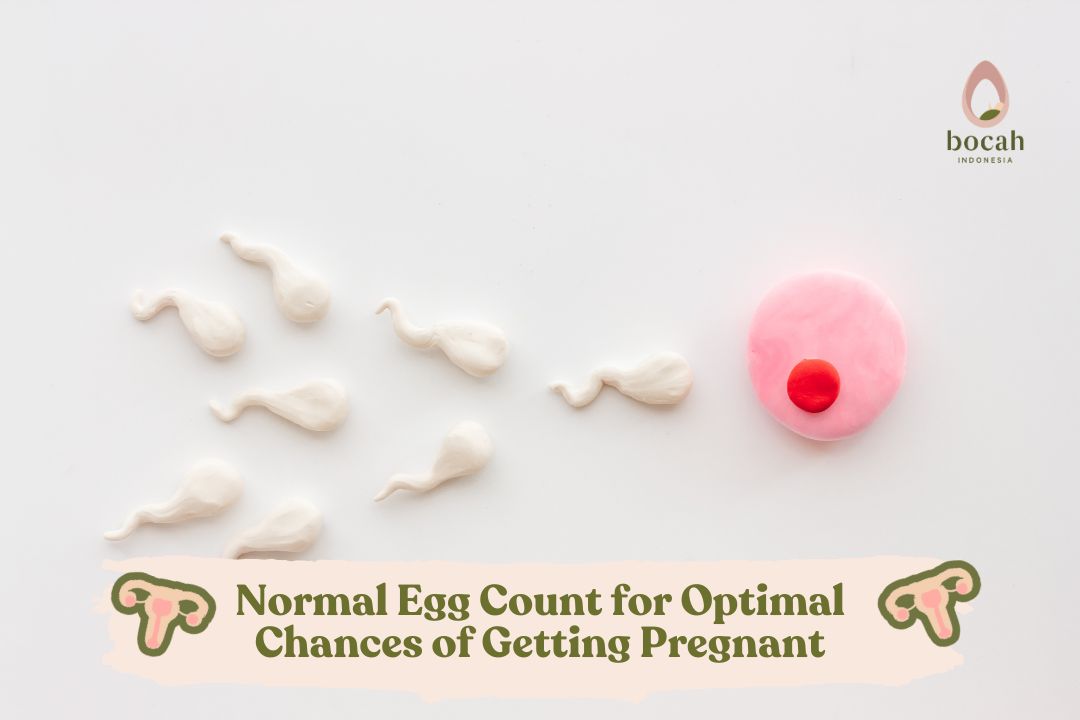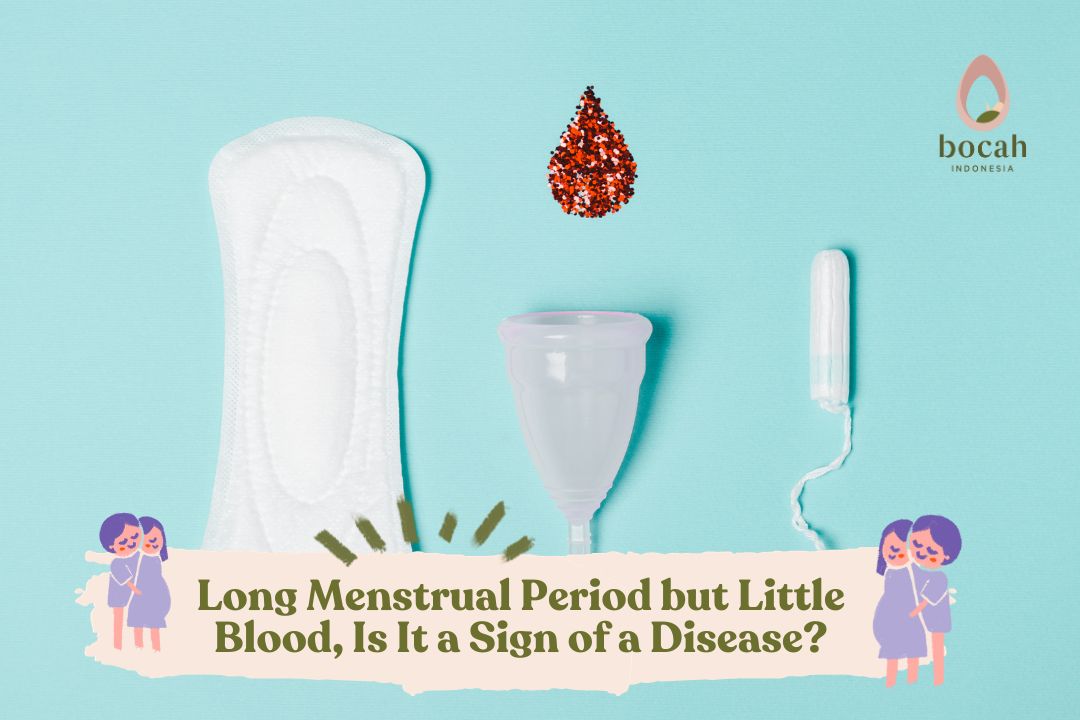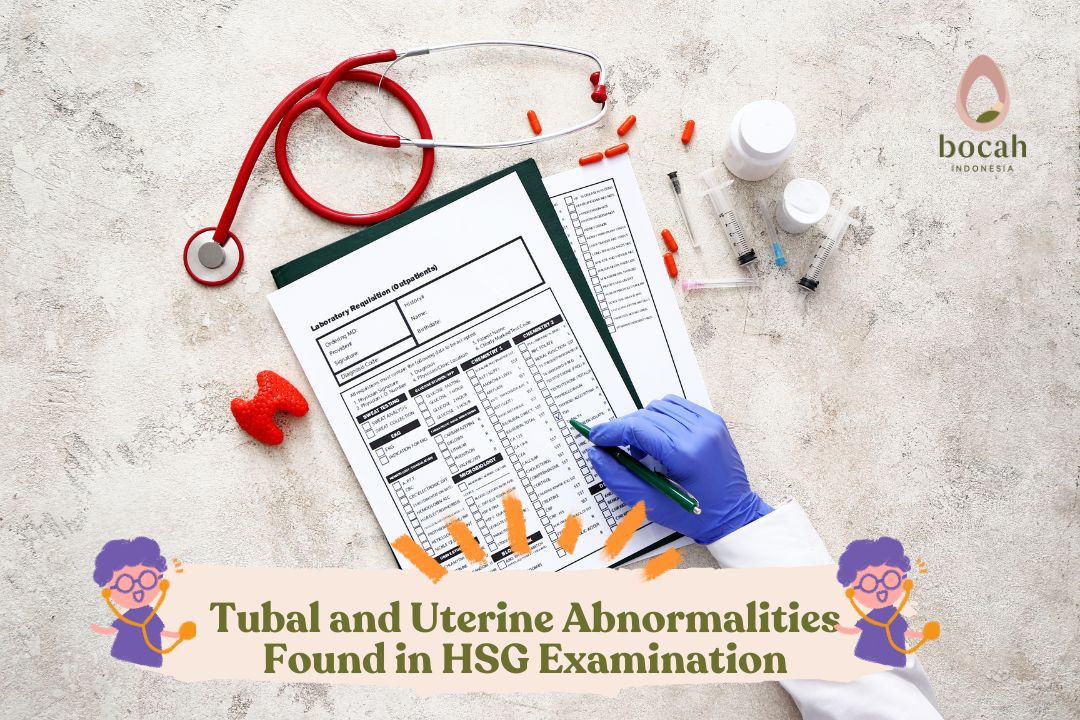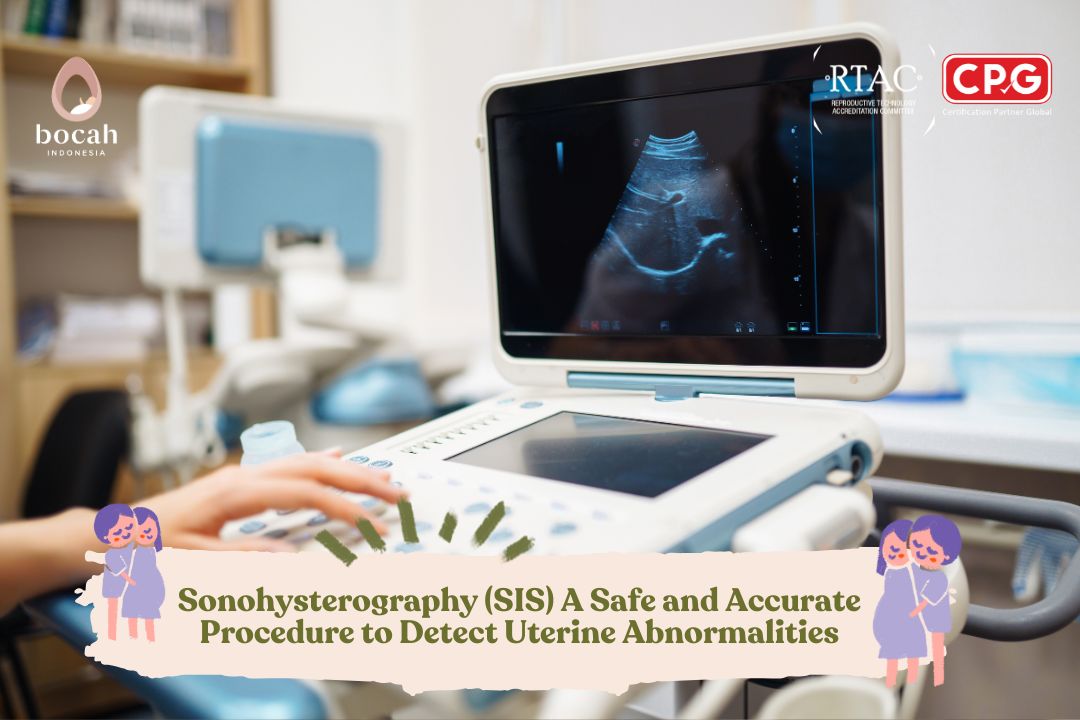Is a Normal Uterine Shape a Sign of Optimal Fertility?

Some women are born with an abnormal uterus shape. So, what does a normal uterus shape look like in an ultrasound (USG)? Find out here!
The uterus is an essential organ in the female reproductive system, playing a crucial role in supporting pregnancy. It has a pear-like shape and is located in the lower pelvic region. The uterus has functions in women’s reproduction.
While most women are born with a normal uterus shape, some women may be born with an abnormal uterus shape. To learn more about what constitutes a normal uterus shape through USG, find out here!
Purposes of Uterine Examination
Uterine examination can be done using various methods, one of which is through ultrasonography (USG). The purposes of uterine examination involve evaluating various aspects of reproductive health.
Some primary goals of uterine examination through USG include:
Tanya Mincah tentang Promil?
Detection of pregnancy; USG can be used to confirm pregnancy, determine gestational age, and monitor fetal development.
Reproductive health evaluation; uterine examination helps assess the health of the reproductive organs, including the condition of the uterus, indications of diseases, or structural abnormalities.
Fertility assessment; uterine examination helps doctors identify factors that may affect a mother’s fertility, such as fibroids or ovarian cysts.
Monitoring of therapy or treatment to track the progress of a condition or the effects of medical interventions that a mother may be undergoing.
Uterine examination may also be required as preparation for certain medical procedures, such as hysteroscopy or assisted reproductive procedures.
It is important to note that the purposes of uterine examination can vary depending on the specific needs of the patient and their health condition. This examination is an integral part of efforts to monitor and maintain women’s reproductive health.
Normal Uterine Shape in USG
In a USG examination, a mother’s uterus will appear as a light bulb shape. Its size is approximately the size of a closed fist. The uterus is also often likened to an inverted pear. Here are some descriptions of a normal uterus shape in USG.
Uterine Position
The position of the uterus is one of the factors that can affect a mother’s reproductive health. Anteflexion is a position where the uterus tilts forward and upwards, while retroflexion indicates that the uterus tilts backward.
Anteversion, or hyperanteflexion, refers to an extreme position where the uterus tilts significantly forward. Conversely, retroversion describes a position where the uterus tilts further backward.
Understanding the position of the uterus becomes important in the context of pregnancy planning and monitoring reproductive health. Changes in uterine position can provide additional insights to doctors in evaluating potential structural abnormalities or other health conditions that may affect reproductive function.
2. Normal Uterine Size in USG
The length of the uterus is the distance from the base of the uterus (cervix) to its apex (fundus). Typically, it ranges from 5-8 cm. As for the thickness of the uterine wall, it is measured from one side of the wall to the other. It usually has a thickness of 1.5-3 cm.
Then, the width of the uterus is measured from one side to the other. The normal width of the uterus ranges from 2.5-5 cm. The position of the uterus can vary among individuals and may be influenced by factors such as parity (number of pregnancies) and age.
The size of the uterus can also change during the menstrual cycle, where the uterus may enlarge during the ovulation phase and then shrink back afterward. When a mother is pregnant, the uterus’s size will be much larger and continue to grow with the fetus’s development.
Normal Uterus Supports Maternal Fertility
A uterus in normal condition plays a crucial role in supporting maternal fertility. The health and position of the uterus can affect the ability to conceive and carry out a pregnancy successfully.
Here are some important aspects of a normal uterus that support fertility:
Normal Structure and Shape
A uterus with a normal structure and shape ensures the right place for the embryo to attach and develop. Structural abnormalities, such as a uterine septum or fibroids, can affect the uterus’s ability to support pregnancy.
Proper Uterine Position
A normal uterine position is usually anteverted (tilted forward and upward), creating a conducive environment for sperm and egg meeting. The optimal uterine position aids in the fertilization process and minimizes obstacles for sperm to reach the egg.
Healthy Endometrial Function
The endometrium is the uterine wall lining that changes throughout the menstrual cycle. A healthy and thick endometrium helps the embryo attach and grow well during pregnancy.
Good Blood Flow
Proper blood circulation to the maternal uterus is essential to support tissue health and the formation of the endometrium. Optimal blood flow also ensures an adequate supply of nutrients during pregnancy.
Well-Functioning Cervix
A well-functioning cervix can help maintain a balanced uterine environment and protect the fetus from infections. The cervix’s ability to dilate and open during childbirth is also a crucial factor.
Normal Hormonal Responses
Normal hormonal balance, especially reproductive hormones like estrogen and progesterone, plays a key role in maintaining regular menstrual cycles and an optimal uterine condition for pregnancy.
It is important to remember that other factors outside the uterus also contribute to maternal fertility, including ovarian function, open fallopian tubes, and overall hormonal balance.
If you experience difficulty in conceiving, it is advisable to consult with a doctor or fertility specialist to help analyze the specific factors causing infertility and design an appropriate pregnancy program tailored to your condition.
Fathers can read information about pregnancy programs and in vitro fertilization (IVF) programs on the Bocah Indonesia website.
This article has been medically reviewed by Dr. Chitra Fatimah.
Source:
- Panzone, J., et al. (2022). Transrectal Ultrasound in Prostate Cancer: Current Utilization, Integration with mpMRI, HIFU and Other Emerging Applications. Cancer Management and Research, 14, pp. 1209–1228. https://pubmed.ncbi.nlm.nih.gov/35345605/
- Drukker, L., Noble, J., & Papageorghiou, A. (2020). Introduction to Artificial Intelligence in Ultrasound Imaging in Obstetrics and Gynecology. Ultrasound in Obstetrics & Gynecology, 56(4), 498-505. https://pubmed.ncbi.nlm.nih.gov/32530098/
- National Health Service UK (2021). Health A to Z. Ultrasound Scan.
- National Health Service UK (2020). Pregnancy. Ultrasound Scans in Pregnancy.
- National Institutes of Health (2020). MedlinePlus. Ultrasound.
- 4 Herbal Medicine to Improve Male Fertility - 01/07/2025
- 7 Signs of PCOS Every Woman Should Know - 30/06/2025
- Ultimate Guide: Boosting Egg Quality for a Healthy Pregnancy Journey - 23/06/2025










